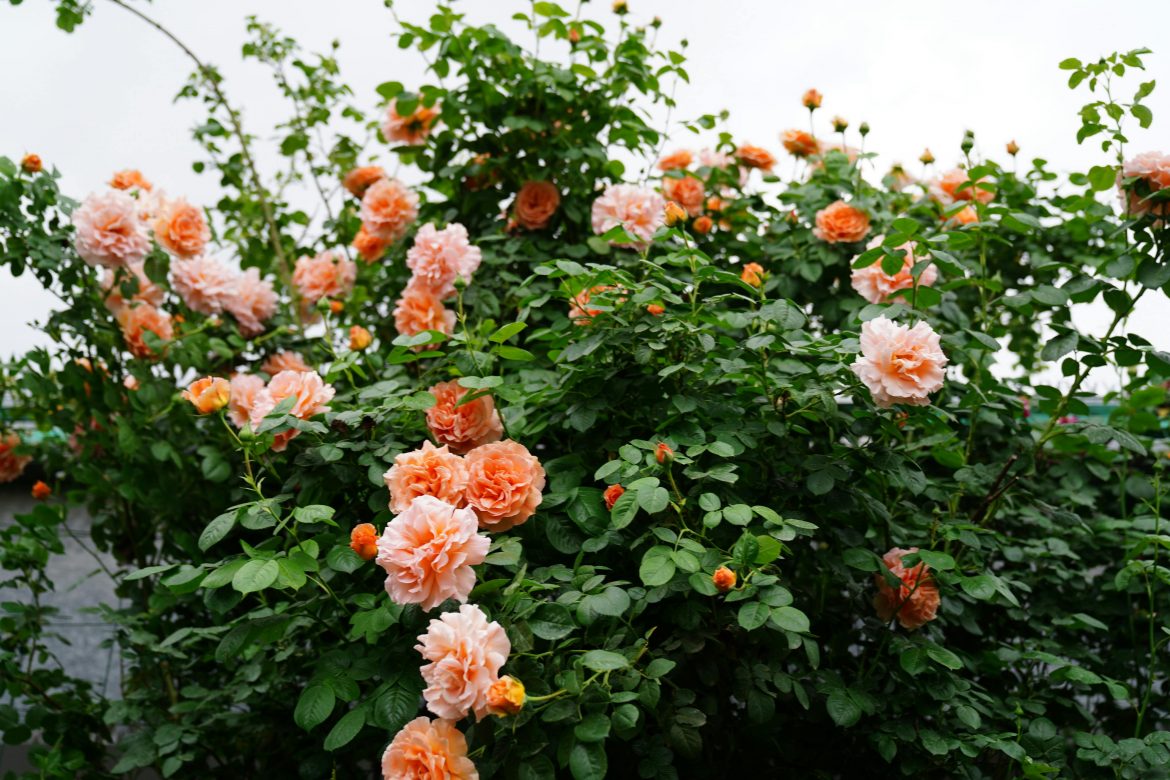Perennials are the backbone of a beautiful, long-lasting garden. They return year after year, often growing bigger and better with time. Many bloom for months, others bring structure and texture even when not in flower, and most require less maintenance than annuals.
By combining the right perennials, you can create garden beds that look good in every season, attract pollinators, and stand up to our varied climates. Here are tried-and-true perennial pairings that work beautifully together.
Globe thistle and purple coneflower
For a bold mix of colour and texture, pair globe thistle’s steel-blue, spiky flower heads with the warm magenta petals and orange centres of purple coneflower. Both are hardy, drought-tolerant and loved by pollinators. The combination delivers architectural interest and colour from mid-summer into autumn, and their seed heads provide food for birds in winter.
Peonies and catmint
Peonies bring large, fragrant blooms in late spring, while catmint offers clouds of lavender-blue flowers that continue into autumn. Catmint’s airy texture and silvery foliage complement peonies’ full, ruffled petals. Both thrive in sunny spots with well-drained soil, and together they create a romantic, timeless look that’s perfect for borders or cutting gardens.
Salvia and coreopsis
The upright flower spikes of salvia in rich purples or blues contrast beautifully with coreopsis’ cheerful yellow blooms. Both are long-flowering, cope well with heat, and attract bees and butterflies. Plant in full sun and well-drained soil for colour that lasts from spring right through to the first chill of autumn.
Hosta and ferns
For shaded areas, hostas and ferns are a classic combination. Hostas’ broad, textured leaves provide structure, while ferns add lightness and movement. Both enjoy moist, rich soil and create a lush, layered look in woodland gardens or shaded borders with very little fuss.
Astilbe and hosta
Astilbe’s feathery plumes in shades of pink, red or white are a striking contrast to hostas’ bold foliage. Both plants thrive in partial shade and moist, fertile soil, making them ideal companions for damp, shaded spots. The overlapping bloom times keep the display going from late spring into summer.
Lavender and yarrow
This sun-loving duo thrives in poor, well-drained soil and is extremely drought-tolerant once established. Lavender’s fragrant purple flower spikes pair beautifully with yarrow’s flat clusters of yellow, pink or white blooms. Together, they bring colour, fragrance and pollinator activity to the garden from late spring through summer.
Coral bells and sedge
Coral bells offer colourful, rounded foliage in shades from deep bronze to lime green, topped with delicate bell-shaped flowers in spring. Pair them with the fine, arching leaves of ornamental sedge for a textural mix that works in partial shade. Both do well in moist, well-drained soil and bring year-round interest to borders or containers.
Perennial combinations aren’t just about matching colours — it’s about finding plants that complement each other in shape, texture, growing conditions and bloom time. By choosing well-suited pairs, you’ll enjoy a garden that feels balanced, resilient and beautiful year after year.
ALSO SEE:
Featured Image: Pexels

